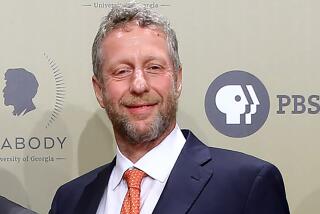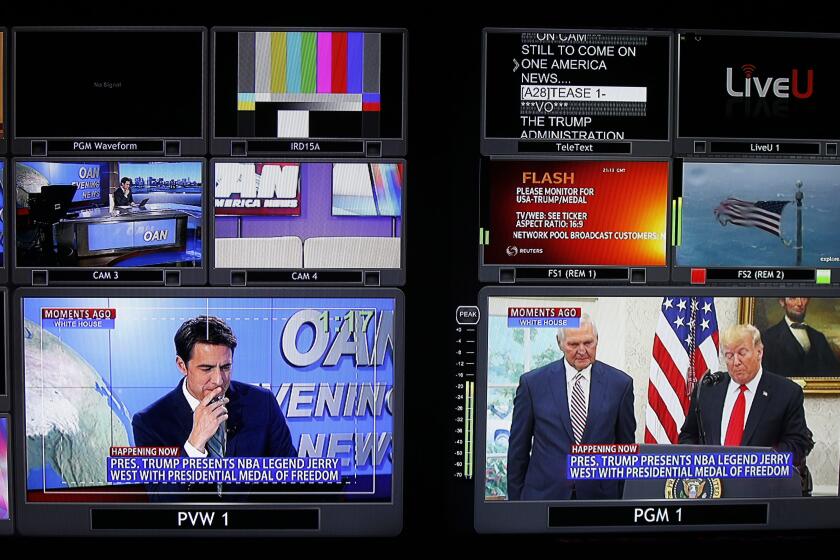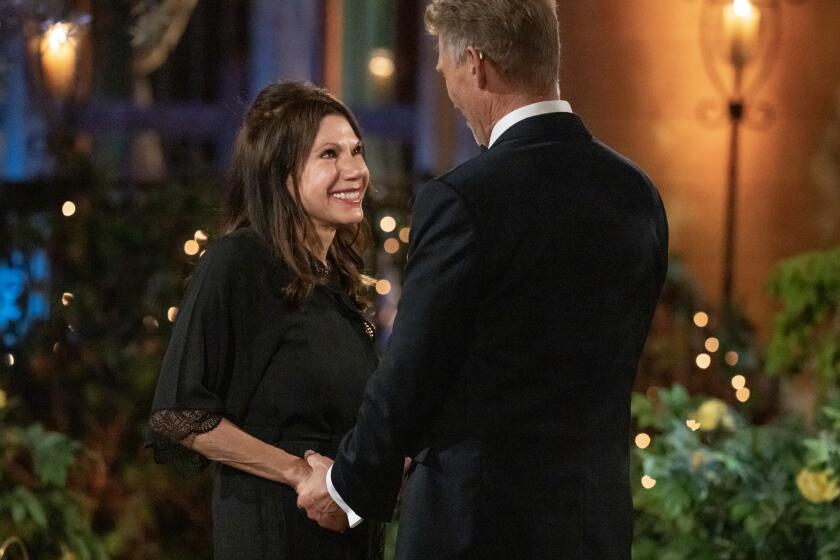How American culture influences worship
Religion pervades American culture. “In God We Trust” is emblazoned on our money; “One nation, under God,” we recite in the Pledge of Allegiance. In our history, religion played a role from the beginning. The United States was the first country in the world to write freedom of religion into its constitution, notes Alan Wolfe, sociologist and author of “The Transformation of American Religion,” and whether we like it or not, we are considered one of the most religious nations in the West.
But if we examine how Americans practice their faith in daily life, Wolfe contends, we’ll find not the fire-and-brimstone belief systems in which doctrine and theology informed our lives but domesticated, malleable faiths, more attuned to the surrounding secular culture than were the original tenets of our respective denominations. “[F]ar from living in a world elsewhere, the faithful in the United States are remarkably like everyone else,” Wolfe writes in this sharp-eyed examination of how religion is practiced in American daily life.
Religion in the United States, he tells us, “has never existed in practice the way it is supposed to exist in theory.” Like everything else touched by American society, faith has been transformed under the pressure of our omnipresent culture, resulting in changes that have made our various faiths virtually unrecognizable. Theologians may (to use a Christian example) see Christ’s message as potentially transforming a culture, but Wolfe argues that in the United States, “culture has transformed Christ, as well as all other religions found within these shores. In every aspect of the religious life, American faith has met American culture -- and American culture has triumphed.”
To examine how we practice the faiths we profess and how these practices have moved away from their religious roots, Wolfe spent time with believers of many faiths, considering the ways we worship, how we interact with one another, how (and whether) we serve as witnesses of our faith and study our beliefs. He takes readers to religious services across the nation, visiting an Episcopal congregation in Massachusetts, a Catholic Mass in a suburb of Detroit, a Reform temple on the West Coast, an Orthodox Jewish observance in Boston, Protestant services in Mendocino and one of the new “megachurches” -- huge edifices offering Christian rock music, family-oriented sermons, day care, even athletic facilities, in an effort to “reach the unchurched.”
What he finds are strikingly similar trends, regardless of religious affiliation. The way we worship, for example, is moving away from the solemn and ceremonial toward styles that are “joyful, emotional, personal and emphatic on the one hand, impatient with liturgy and theologically broad to the point of incoherence on the other.” In general, Americans tend to shy away from talk of sin and an angry God, preferring instead a therapeutic relationship with the Divine, an alliance that strengthens self-esteem but doesn’t exact too high a cost: “Talk of hell, damnation and even sin has been replaced by a nonjudgmental language of understanding and empathy.” Likewise, most Americans today don’t get into fiery arguments over issues of doctrine and theology because, for the most part, they know very little about the doctrinal and theological foundations on which their particular religions are based. Though they may belong to denominations that stress evangelization, Americans often draw back from bearing witness to their faith if doing so might “make them seem unfriendly or invasive.”
The lamenting tone in which Wolfe describes these changes may initially be misleading. There are drawbacks to these transformations, he points out; we have lost our religious zest and abandoned the high standards of those who preceded us. Yet his narrative makes clear that in many ways this is to the good. Over the last 40 years, for example, Americans have become adept at switching faiths. “As much as we may be tempted to denounce as flighty Americans who change their faith as often as their cars,” he writes, “we ought to recognize that religious switching acts as a kind of insurance policy against bigotry. If you cannot be sure today what your faith will be tomorrow ... you had better not say anything too nasty about any of them.”
Wolfe, who holds no specific religious convictions himself, shows readers -- both believers and those who fear religion’s power and its potential for fanaticism -- the upside of this transformation, citing in particular our culture’s extraordinary ability to embrace religious pluralism. Offering neither a cynical attack on religion nor a starry-eyed celebration of its triumphs, he presents a commendably balanced view, honoring the role of religion has played in our nation’s past while helping us see more clearly the present state of religious affairs. The resulting portrait may run contrary to our national self-image, but it also lessens the gap between the high expectations many of us have for religion and the realities of ordinary people leading earthly lives.
More to Read
The biggest entertainment stories
Get our big stories about Hollywood, film, television, music, arts, culture and more right in your inbox as soon as they publish.
You may occasionally receive promotional content from the Los Angeles Times.






